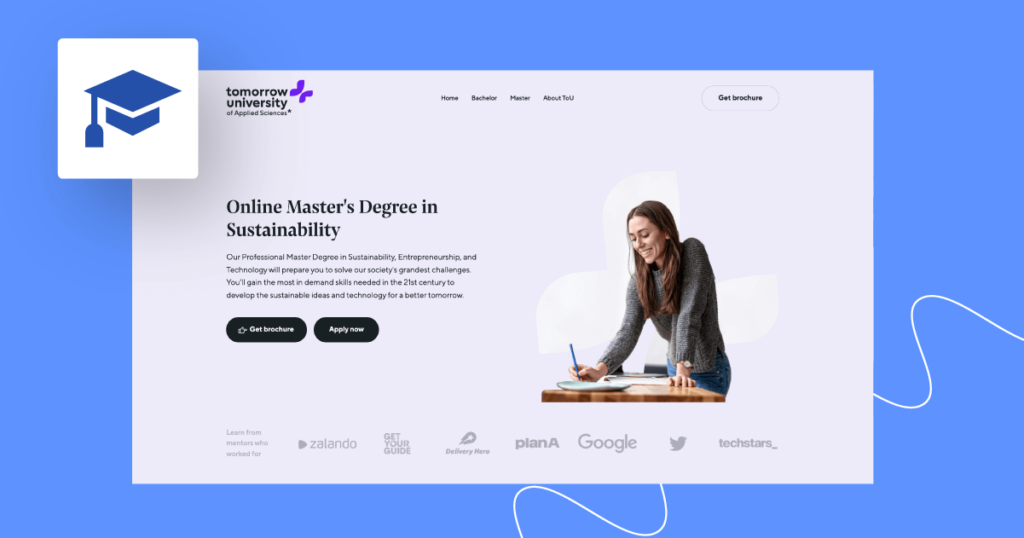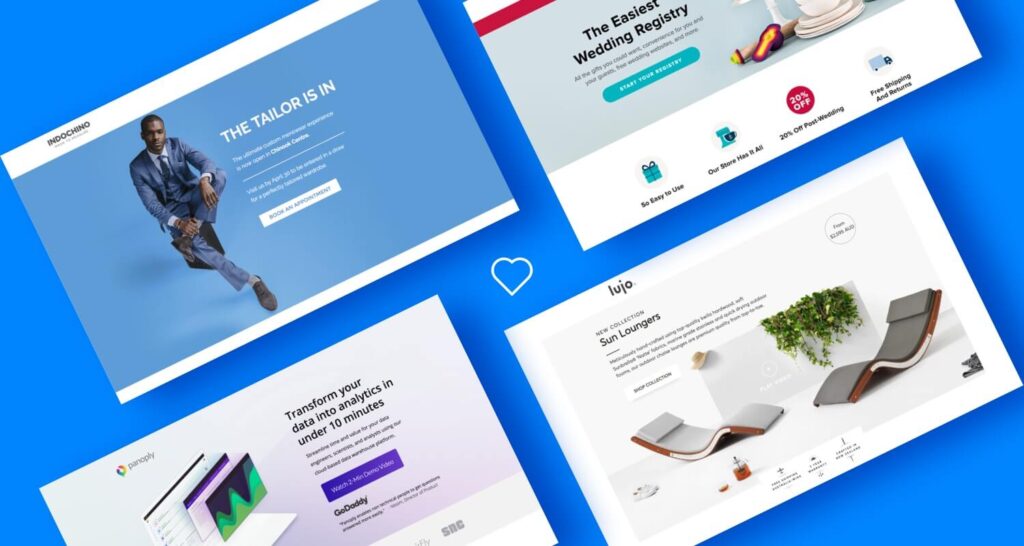The world of digital marketing is constantly evolving, and with it, so are Landing Pages. As technology continues to advance and user expectations shift, the future of Landing Pages in UX/UI is becoming increasingly important for businesses looking to capture and convert online leads.
In this article, we’ll explore some of the key trends and predictions for the future of Landing Pages in UX/UI.
Personalization: Personalization has been a buzzword in marketing for some time now, but it’s becoming increasingly important in landing page design. Users expect a tailored experience, and businesses that can deliver this will see higher engagement and conversion rates.
One way to personalize Landing-Pages is through dynamic content. This means changing the content of the page based on the user’s behavior or characteristics. For example, an e-commerce site might show different products based on the user’s browsing history or location.
Another way to personalize Landing-Pages is through personalized CTAs. Instead of using generic CTAs like “Buy now,” businesses can create CTAs that speak directly to the user’s needs and pain points.

Minimalism: As attention spans get shorter and users become more visually literate, businesses need to simplify their landing page design. This means removing unnecessary distractions and using bold typography to create a clear hierarchy of information.
Minimalism also means focusing on the most important information and removing anything that doesn’t contribute to the user’s understanding or motivation to convert. By doing so, businesses can create a more streamlined and effective landing page.
Mobile-first design: With mobile traffic on the rise, businesses need to prioritize mobile-first design when creating Landing-Pages. This means designing for smaller screens, optimizing load times, and using responsive design to ensure a seamless experience across devices.
The mobile-first design also means considering the unique needs of mobile users. For example, mobile users may be more likely to be on-the-go, so businesses need to make it easy for them to quickly find what they’re looking for and complete their desired action.
Interactive elements: Interactive elements can make Landing-Pages more engaging and reduce bounce rates. These elements can include quizzes, surveys, and interactive product demos.
Interactive elements can also provide valuable data for businesses. For example, a quiz might reveal a user’s preferences or pain points, which can inform future marketing and product development efforts.
AI-powered design: AI technology is advancing rapidly, and it’s starting to be used in landing page design. AI-powered design tools can analyze user behavior and make data-driven design decisions to optimize Landing-Pages for conversion.
For example, an AI-powered tool might suggest changes to the layout or color scheme of a landing page based on data about what’s worked well in the past. By using AI-powered design tools, businesses can create more effective Landing-Pages and reduce the need for manual A/B testing.

Voice and visual search: As voice and visual search continue to gain popularity, businesses need to consider how this will impact their landing page design. For example, they may need to optimize their Landing-Pages for featured snippets or create voice-enabled CTAs.
Augmented reality: Augmented reality (AR) is becoming more common in e-commerce, and businesses can use AR to create more engaging Landing-Pages. For example, a furniture retailer could allow users to see what a piece of furniture would look like in their home using AR.
Video Landing-Pages: Video is becoming more popular in digital marketing, and businesses can use video to create more engaging Landing-Pages. Video Landing-Pages can provide a more immersive experience and help users better understand the benefits of a product or service.
Emotional design: Emotional design is the practice of using design elements to evoke certain emotions in users. Businesses can use emotional design in their Landing-Pages to create a stronger connection with their audience and increase conversions.
Micro-interactions: Micro-interactions are small design elements that can provide feedback or add an element of delight to a user’s experience. For example, a button changing color when clicked or a loading animation with a fun graphic. Micro-interactions can make a landing page feel more polished and engaging.
Accessibility: As more users with disabilities use the internet, businesses need to prioritize accessibility in their landing page design. This means creating Landing-Pages that are easy to navigate using assistive technologies and that are optimized for users with different abilities.
By considering these unique points in their landing page design, businesses can create more effective and engaging Landing-Pages that meet the needs of a diverse range of users.
In summary, the future of Landing Pages in UX/UI is focused on delivering a more personalized, minimalistic, mobile-first, interactive, and AI-powered experience. By adopting these trends, businesses can create Landing-Pages that are more effective at engaging users and driving conversions.
















